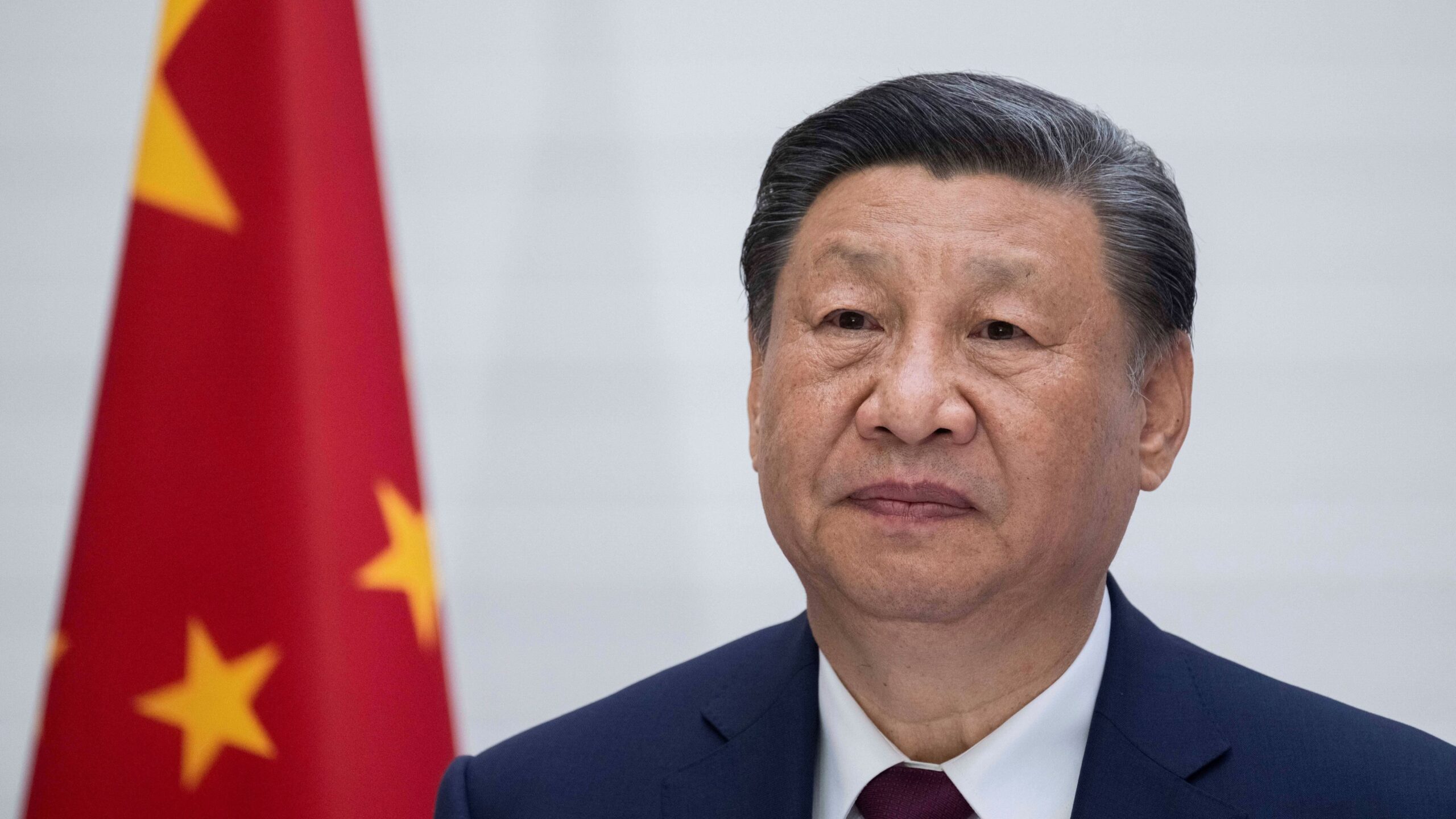The Chinese government recently announced a series of measures that aim to stabilize the country’s economy, spur economic growth and boost confidence in the long-term viability of China’s growth model. These goals are especially important as China seeks greater independence from the United States, both as a destination market for China’s exports and as a source for high-tech inputs. The recent moves have once again put the spotlight on the headwinds facing China’s economy and Beijing’s efforts to address them.
In late September, China took many observers by surprise when the government announced a slew of monetary policies throwing a lifeline to banks, property owners and equity investors. The People’s Bank of China lowered the reserve requirement rate as well as the lending interest rate. Mortgage holders received cuts, including for second homes, which President Xi Jinping has in the past frowned upon as they go against his mantra of “homes are for living in.” Local governments received additional funding support to turn excess housing stock into affordable housing units, a government priority. Finally, the stock market received a boost through numerous measures designed to increase the market value of listed companies, including lowering the required amount on hand for so-called margin trading.
In the week following the announcements, China’s stock markets responded with a burst of activity, as investors looking for quick gains spurred a rally. Much of this activity was fueled by individual retail investors, who lack many other investment opportunities, particularly with the real estate market’s downturn and restrictions on investing abroad. These investors are especially mobilized by policy announcements from the government, seeing them as more reliable signals on the economy than the performance of individual firms or even sectors. While this makes government policy almost immediately effective, it also runs the risks of quick ups and downs if the announced measures do not ultimately seem aggressive enough to boost investor confidence over the long term.


